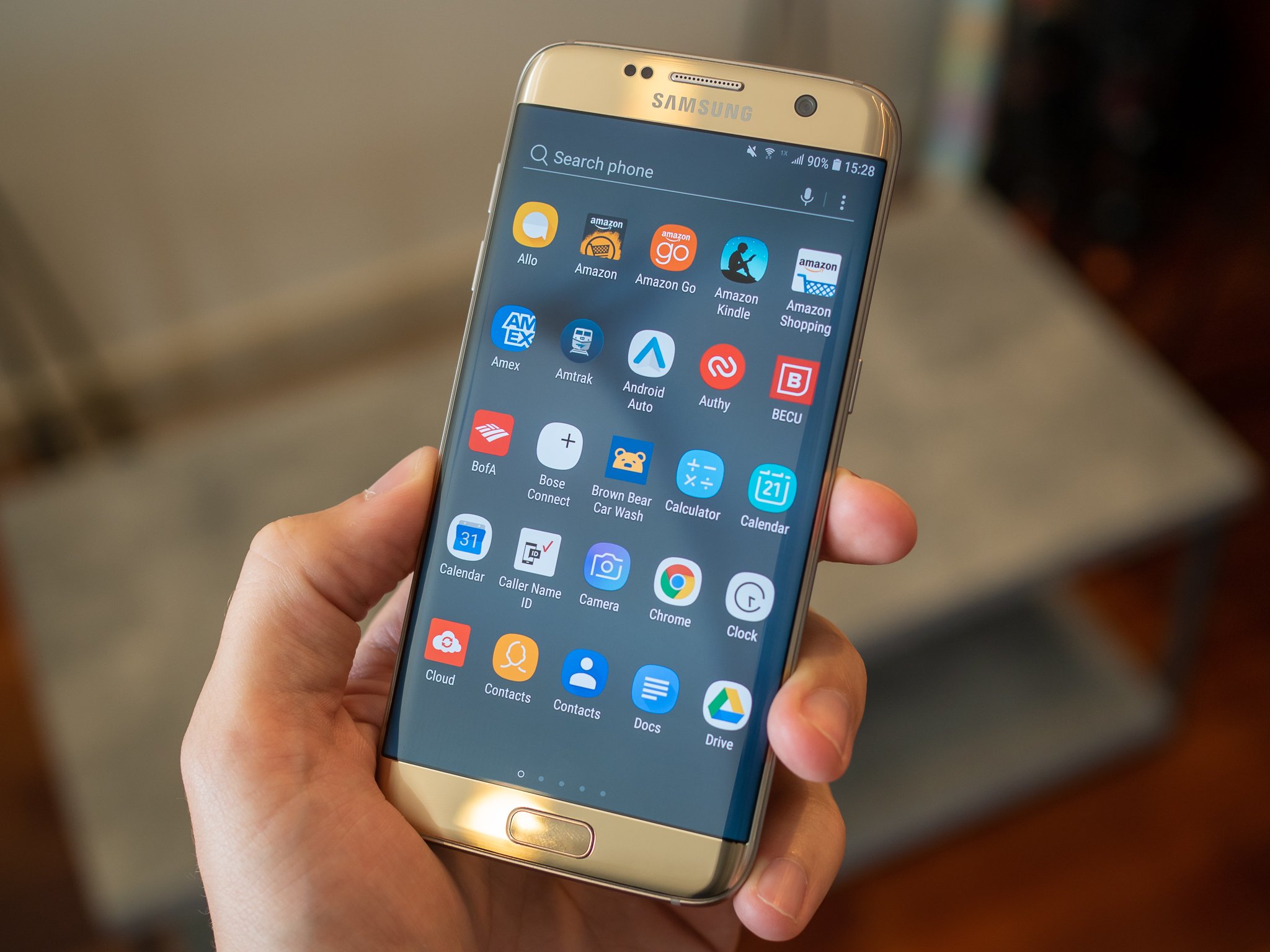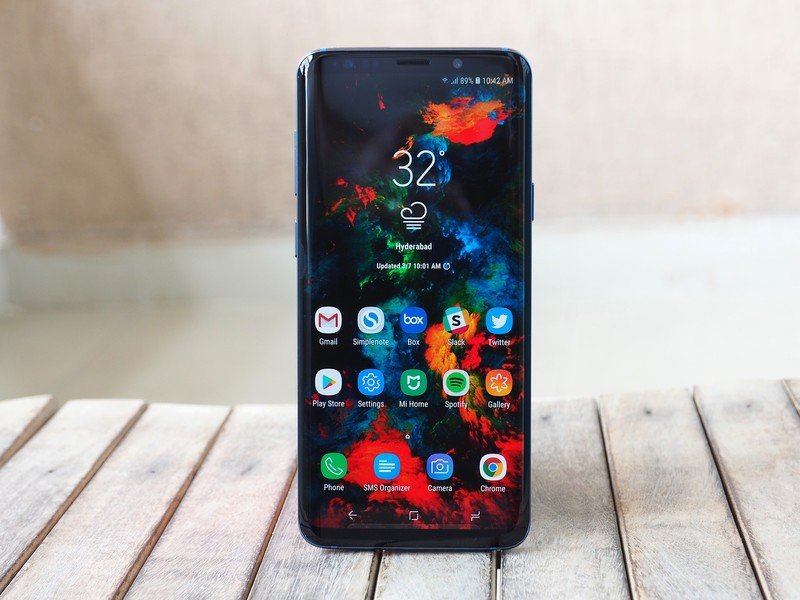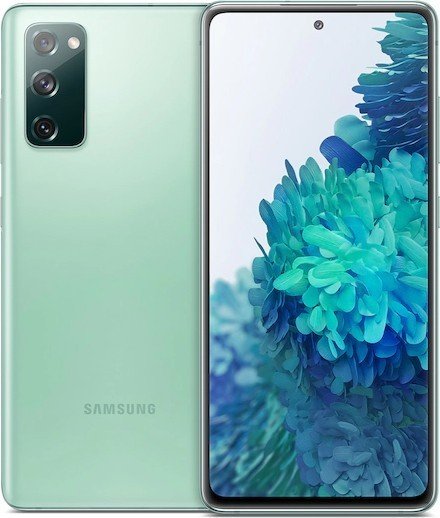Samsung rolling out an update to the Galaxy S7 shouldn't be celebrated — it should be the norm

Samsung has committed to delivering three platform updates to its flagships and select mid-range phones and tablets, but the caveat is that the Galaxy S10 series and later are eligible to receive three updates.
So if you're using the Galaxy S9 or an older flagship, you will not get the update to Android 11. For its part, Samsung is still doing a good job delivering security updates to older devices, and it even rolled out a patch to the Galaxy S7, a phone that launched four and a half years ago. As spotted on Reddit, the update includes stability and bug fixes, and the September 2020 security patch.
Samsung is doing a better job with updates, but it can do so much more.
It is great to see Samsung delivering an update to a four-year-old phone, particularly when you consider the company's lackluster performance in this area in the past. But the news underscores a bigger issue around Android updates in general, or lack thereof.
Android 11 released a month and a half ago, and the stable update is available on just two phones that aren't made by Google: the OnePlus 8 and 8 Pro. Samsung is running the One UI 3.0 beta in Korea and the U.S., but the stable Android 11 update will not be rolling out to the Galaxy S20 or the Note 20 series until the end of the year.
While flagships have steadily increased in cost over the last three years — with the best Android phones now regularly retailing for over $1,000 — we haven't seen any meaningful change around software updates. Most phones are lucky to get two platform updates and three years of security updates, and even then, brands take several months to deliver Android version updates and roll out security updates once a quarter.

This is no longer enough, and Android makers need to re-evaluate their stance around updates. For instance, let's look at the Galaxy S9. The phone debuted with the Snapdragon 845, and the design and hardware hold up just fine in 2020. There's no reason for the phone to be left out of the Android 11 update, but because Samsung has fulfilled its requirement of two platform updates, it will not make the switch to the latest version of Android.
Some of the blame rests on Qualcomm's shoulders. One of the reasons Apple is able to deliver updates for six years or more to iPhones and iPads is because of the fact that it controls the entire hardware stack, including the chipset. Android manufacturers do not have that luxury as they rely on Qualcomm and MediaTek chipsets.
Be an expert in 5 minutes
Get the latest news from Android Central, your trusted companion in the world of Android
Qualcomm deserves a portion of the blame, but this is Google's problem to fix.
At the moment, Qualcomm has no incentive to keep supporting the Snapdragon 835, which made its debut on the Galaxy S8 back in 2017. The chip vendor is instead looking to the future, and that means putting a 5G modem in just about every chipset it makes. As such, older designs like the Snapdragon 835 and 845 will soon fall to the wayside and not receive further updates.
And while Samsung uses Exynos chipsets for the global variants of its flagships, the relationship between Samsung Electronics and Samsung System LSI — the fab that produces the Exynos designs — is similar to the partnership it has with Qualcomm. It has no control over the design of the chipset, and as such is unable to make the necessary changes to allow it to deliver longer updates to Exynos-powered phones.
As I've said before, this is where Google needs to lead the way. Google is in a unique position to drive the Android ecosystem forward, and its insistence of delivering three platform updates to all Pixels was what led Samsung to do the same for its Galaxy flagships and mid-range phones.
Google now has to take charge and commit to five years of updates, and work with the likes of Qualcomm and MediaTek to ensure their chipsets stay supported for longer. The kind of hardware that we're getting on Android phones these days makes them usable for four to five years without any issues, and this is the case even in the mid-range segment thanks to 5G-enabled chipsets like the Snapdragon 765.
The only issue is software support. As Galaxy S9 owners are finding out now, there's no point in paying nearly $1,000 for a phone if it doesn't get the latest version of Android two years down the line. While Samsung flagships starting with the S10 series will get an additional update from now on, that is still not good enough. Google needs to enforce meaningful change so that we can use our phones for longer, and it can start by extending the software support for Pixels.

A fantastic value flagship
The Galaxy S20 FE distils the fundamentals of the Galaxy S20 into a more affordable package. You're still getting a 120Hz AMOLED panel, the latest internal hardware, outstanding cameras, IP68 water resistance, wireless charging, and three Android updates.

Harish Jonnalagadda is Android Central's Senior Editor overseeing mobile coverage. In his current role, he leads the site's coverage of Chinese phone brands, networking products, and AV gear. He has been testing phones for over a decade, and has extensive experience in mobile hardware and the global semiconductor industry. Contact him on Twitter at @chunkynerd.
